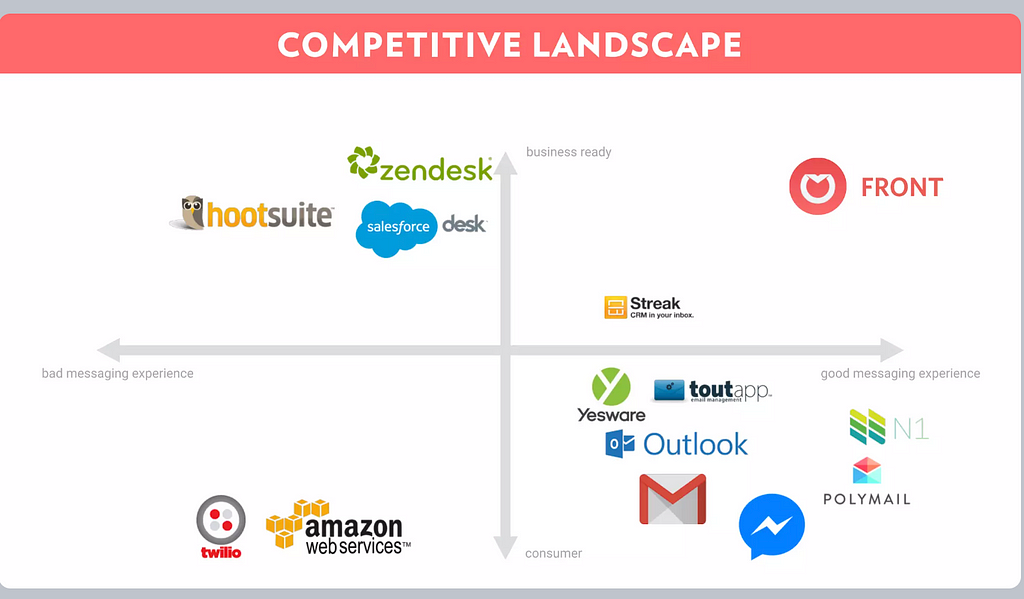
Raising funds is a time-consuming process that takes between 6 and 9 months from start to finish. Convincing investors to fund your project cannot be improvised. You need to prepare yourself before contacting them.
In this article, we review all the documents you need to prepare before raising money. These documents must meet certain standards. Working with a fundraiser makes it easier to deliver quality work and allows you to save time and focus on your business.
A startup executive summary is a short document that gives an overview of what you do, the market (size, target customers, etc.), the stage and how much you are raising, the team, key metrics, etc.
This document is not confidential and should allow investors to get a first idea about your project, to assess its feasibility, its credibility, and its potential. The goal should be to get your audience to think “this is interesting, these people know what they are doing, let’s meet them”. Your executive summary will be the difference between whether you get a first meeting or not.
An executive summary should be no more than 1–3 pages long. Although shorter, it must be consistent with your full pitch deck.
We recommend the following flow:
🏢 Company description: brief description of your business, its purpose, and your product. Highlight the specific problem that your solution addresses.
📈 Market analysis: here, show the investors that there is a market of people who will actually buy your product if given the opportunity (reminder: first reason of startup failure = no market)
✨ Traction to date: revenues over the past 12 months or if you’re at a very early stage you can show some relevant metrics such as sales pipeline / app downloads etc.
📽️ Financial projections: on this slide, you have to provide information about your current financial situation, your funding needs, and what you plan to do with your money. You could break this down into percentages: 30% for marketing, 20% for R&D, etc.
👥 Management team: Your team plays a crucial part in determining how well the business succeeds. In this part, you should introduce your team and list their specific titles and duties.
You can find, here and here many examples of executive summaries that you can use as inspiration to build your own.
This document covers all the things that matter about your business. It aims to arouse the interest of investors, which can possibly lead to another meeting.
You need a pitch deck whenever you need to pitch your business to anyone. This document should succinctly and powerfully convey your ideas and request. You need to include visuals like images, graphics, or even videos to spark interest in your company.
Your pitch deck should include at least these elements:
📔 The cover slide: you want this first slide to generate excitement and curiosity. You can do so by presenting an image, your logo, and your name on this slide. You can also add a short and snappy tagline if you have one.

🚩 Problem: what challenges do you solve? Describe your customer pain point and explain how it is currently addressed and why current offerings do not solve the problem.

❓ Solution: describe your product or service, how customers use it, and how it addresses the problem that you outlined before.

💻 The product: this slide is about showing screenshots of your product in action. You can also add quotes from some of your existing clients talking about how much they appreciate your product / ratings, if any.

📈 The market: what is your addressable market? How large can the company grow? Is it a rapidly growing market? These are the questions you will have to answer. Including sources from research papers and good-looking graphs that are increasing over time is a plus in this section.

🏆 Competition: in this slide, you have to show the investor the competitors in your space, how you compare with them and why your value proposition stands out.

🫰 Business model: this slide should explain how your company will generate revenue in simple terms. You could also include metrics around critical areas, such as Customer acquisition cost (CAC) or Lifetime value (LTV).

✨ Traction: this slide should show the growth of the business. This can include current sales, valuable partnerships, endorsements, pre-orders, or data from a pilot study outlining current consumer interest.

📍 Product roadmap and expansion plan: this slide should show your development pace and help investors gain clarity on where you have been, where you are, and where you are going with your company.

📽️ Financials: this slide should include your financial projections for three years looking forward. This information will help potential investors to understand how strong the growth of the company will be and how long your runway is.

👥 The team: This slide introduces your team and their different backgrounds and roles.

💸 Funding needs: In this slide, you should include the amount of money you’re raising and what you plan to do with this money. You could break this down into percentages: 30% for marketing, 20% for R&D, etc.

Silicon Valley legend, Peter Thiel, created a pitch deck template that you could use as an inspiration. Many websites also listed various pitch deck examples of some of the greatest startups of our century (Front, Airbnb, Uber, TikTok, etc.).
There are a lot of resources out there that you could use to create the pitch deck of your dreams. And if you need help, you could still contact us.
Financial data is essential when evaluating a potential investment. You should incorporate all your historical financials, including your past P&L statements and year-to-date statements.
You also need to prepare a financial business plan that includes a detailed overview of your financial projections. At the very least, you should include cash flow statements, and profit and loss projections, over the next three to five years.
In a future article, we will explain in detail how to build the financial business plan of your company.
You don’t need to build your data room before you start your fundraising process. You can use a lean approach, responding to investors’ requests as they come in.
However, we advise you to plan ahead and fill it in as you go along. It’s much easier than having to do everything, in a limited time, to adapt to the due diligence timing of investors.
Your data room should include at least these folders:
📃 Company documents: this folder should include the certificate of incorporation of the company, the common stock purchase agreements, the shareholders’ agreement, and any other administrative document.
💸 Financials: this folder should include the cap tables, the financial business plan, the historical P&L statements, and any financial document that could be of interest to the investors.
✨ Traction: this folder should include any document that shows the company’s traction, such as a summary of the critical metrics followed by the startup.
📈 Market: this folder should include all the market research and the competitive analysis conducted by the company.
💻 Product & Technology: this folder should include all the materials that present the technology and the product, such as brochures or a list of the granted and filed patents.
🚀 Marketing: this folder should include all the marketing materials available to the company, such as cohort analysis or LTV/CAC analysis.
👥 Team: this folder should include all employee contracts past and present, with titles and salaries and a list of current employees, job titles, and salaries.
🏆 Testimonials & Recognitions: this folder should include a presentation of the awards received, and the competitions won by the company, as well as a presentation of consumers’ and business partners’ testimonials.
📌 Other documents: this folder should include any documents that could attract the interest of investors, such as links to press coverage of the company, a customer list, or even a standard contract.
This list of documents should cover all the investors’ requirements. You have to make sure that you have an updated version of all these documents and that there are no mistakes, typos, or spelling errors.
If this seems too much for you to handle, get in touch with us. We can help you in your fundraising process!
Raisers is a fundraising & M&A advisory firm, present in Europe and Africa, that partners with talented entrepreneurs from Seed to exit.